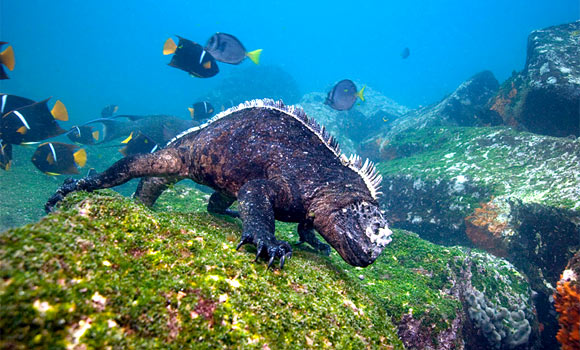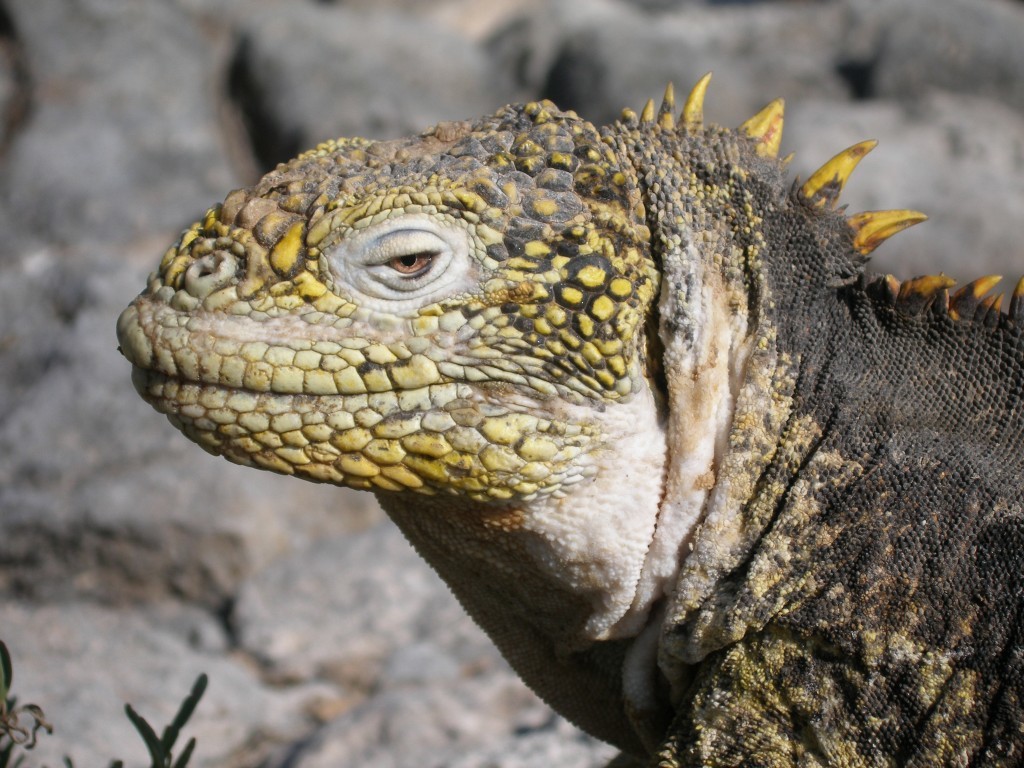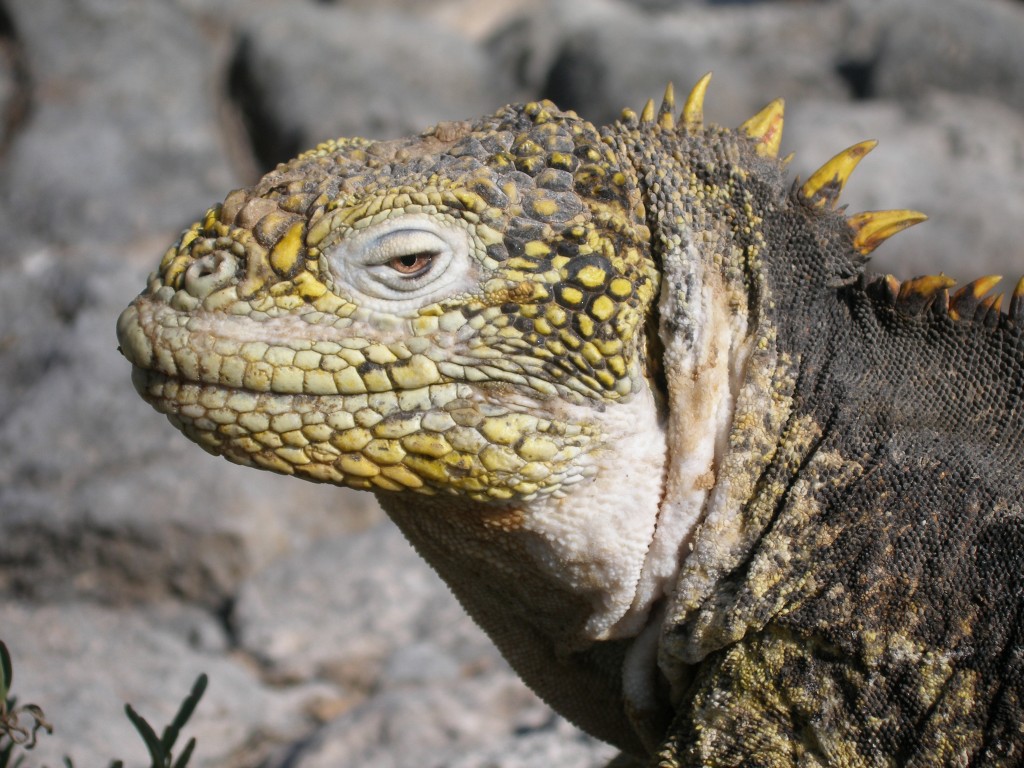There are so many wondrous things about scuba diving in the Galapagos that it’s hard to pick highlights. The remote archipelago is uniquely positioned at the point where the frigid Humboldt Current clashes with the warm waters of the Equator; as a result, each island is its own microcosm, and each one differs hugely from the next. It is possible in the Galapagos to dive with penguins one morning, and schooling hammerheads the next; it is a world of extremes where strange creatures found nowhere else in the world rule by day and at night the stars of both hemispheres cast their glow upon the ocean. The Galapagos Islands are rightfully known as one of the world’s premier dive destinations, thanks to the incredible productivity boasted by the 28,000 square miles of protected waters that surround the archipelago. I remember the diving there as a constant procession of incomparable experiences; a dizzy blur of consecutive ‘best dives ever’. Looking back, there are many exceptional encounters written indelibly upon my memory- coming face-to-face with an enormous Galapagos shark; watching penguins dart hungrily through a silvery curtain of baitfish; rubbing noses with a family of sea lions; entering a cavern filled with so many resting female turtles that I swiftly lost count. One creature in particular however managed to capture my imagination and my heart, and that was the peculiarly bewitching marine iguana.
As the planet’s only extant marine reptile, these iguanas are a complete anomaly; like many of their island neighbors, they are endemic to the Galapagos. On the islands, they make up for their absence elsewhere in the world by basking on the shoreline in their hundreds like a scaly, reptilian carpet. While the hours that iguanas spend sunbathing may seem luxurious, they are in fact vital to their survival. Because their diet consists solely of seaweed and algae, the iguanas spend much of their time in the ocean searching for food. When they surface, their cold-blooded bodies are so chilled that the lizards become lethargic and clumsy, and only the sun’s heat can restore them to normal functionality.
They are found on all of the Galapagos Islands, although experts have distinguished six distinct sub-species throughout the region. On land, the air resonates to the sound of the iguanas’ sneezing; a continuous cacophony as first one and then the next expunges the salt ingested during their time in the water from their nasal glands. This method of coping with their unusual habitat is not the only evolutionary trait that iguanas display- in addition, they possess laterally flattened tails and spiked dorsal fins ideally suited to life in the water. Their claws are longer and sharper than those of terrestrial lizards, to aid in clinging to rocks in strong current; and their flattened snouts allow for easier purchase when feeding on algae beds.

Seeing an iguana on land is one thing, but to see them underwater for the first time is mind-boggling. It is such an incongruous sight- a meter long lizard grazing along the seafloor as calmly as a cow put out to pasture. Capable of diving to depths of up to nine meters, iguanas are proficient swimmers, and to see them in the water is to witness a masterclass in streamlined efficiency and diving prowess. For me, marine iguanas define what is so special about the Galapagos- a place unrestricted by the boundaries and expectations of the rest of the world, and where absolutely anything is possible.







